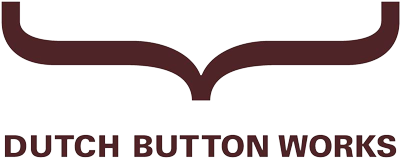Infodemiology
Eysenbach
Visionary
The new H1N1 Twitter study reaffirms Eysenbach’s status as a visionary in the field of infodemiology. With “Web 2.0” upon us, and tsunamis of user-generated content flooding the web, the Internet “has made measurable what was previously immeasurable” in Eysenbach’s words. What we could not measure 10 years ago due to the (comparatively) static nature of the Internet, is now readily measurable with infoveillance tools.
Gunther Eysenbach (Medicine 2.0)

H1N1
In the context of H1N1 Eysenbach says:“H1N1 marks the first instance in which a global pandemic has occurred in the age of Web 2.0 and presents a unique opportunity to investigate the potential role of these technologies in public health emergencies.
Title=”InfoVigil_2009
Codebook
To carry out analysis of tweet content in the H1N1 study Chew and Eysenbach used an open-source infoveillance system known as Infovigil (Eysenbach’s own creation) that automatically and continuously dissects textual information from Twitter. They created a “codebook” with three primary variables: 1) tweet content, 2) mode of expression, and 3) type of link posted, if any. Each of these categories had several subcategories allowing for good separation of different tweet “types”. The study had some interesting findings. Over the duration of the study the relative proportion of tweets using “H1N1” increased from 8.8% to 40.5%, indicating that the public gradually began to adopt the WHO-recommended terminology as opposed to “swine flu”. With respect to tweet content, personal accounts of H1N1 increased over time while humorous content declined, indicating that the public’s perception of the subject became more serious. The public attention was aroused in certain instances, especially following the WHO pandemic level 6 announcement on June 11, 2009, which gave rise to a large spike in tweets. Only 4.5% of tweets were identified as misinformation.
Graphs

Infoveillance
Overall the study is a nice of proof of concept and displays the fact that Twitter is a rich source of public opinion for the health authorities. Infoveillance can be used in the future not only for capturing sentiment, experiences, and behavioural trends, but importantly for tracking misinformation and identifying the informational needs of the human population. More studies of this kind should elucidate the value that social media will have for knowledge translation research and help refine the precision and accuracy of infoveillance tools for future infodemiology studies.
Source: click here

